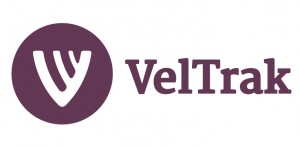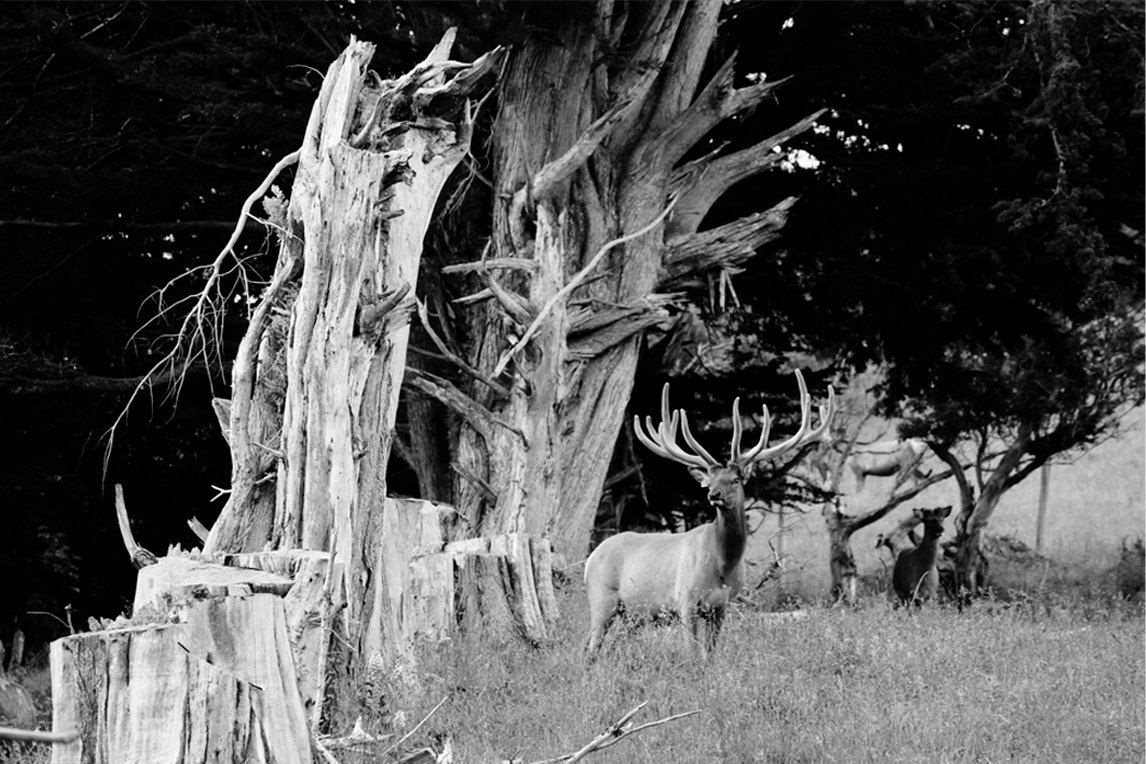Aug 8, 2025
 New Zealand velvet has long been respected in global markets — valued for its purity, quality, and ethical origin. Today, that reputation is both an opportunity and a responsibility. In markets like China and South Korea, expectations are evolving. Buyers want to know: Where did this velvet come from? Was it harvested legally and ethically? Can I trust the system behind it?
New Zealand velvet has long been respected in global markets — valued for its purity, quality, and ethical origin. Today, that reputation is both an opportunity and a responsibility. In markets like China and South Korea, expectations are evolving. Buyers want to know: Where did this velvet come from? Was it harvested legally and ethically? Can I trust the system behind it?
Rising to the challenge – A new chapter for velvet
In response, producers, buyers, and exporters have committed to lifting standards and reinforcing trust — before it’s questioned.
At the heart of this effort is VelTrak, a traceability platform for deer velvet. Introduced several years ago and continuously improving since, VelTrak enables the sector to:
- Track every consignment of velvet, from farm to exporter.
- Record and reconcile harvest and consignment details.
- Support regulatory compliance under the Animal Products Act, such as the RCS.
- Provide transparency to customers and auditors alike.
While VelTrak has been a solid foundation for several seasons, the 2025/26 updates go further: new Terms of Use, introduction of “Accredited Account Owner” re-registration for velvet buyers, and a stricter link between system access and compliance. These updates were requested by the industry, with velvet farmers, buyers, processors, and exporters alike wanting to know that everyone is playing by the same rules.
It’s not a replacement for relationships and handshakes — those still matter. But we now overlay them with systems and best practices to meet the expectations of modern markets and protect the trust we’ve earned. For farmers, as VelTrak “General Account Owners,” there is no day-to-day impact on obligations. The key farmer responsibilities under VelTrak remain: to ensure each velvet antler is properly tagged and that electronic Velvet Status Declarations (VSDs) are completed accurately. In fact, this will be made easier with the implementation of seasonal declarations.
The market gate — why export licensing matters
While VelTrak gives us visibility inside New Zealand, export licensing provides assurance at the border and beyond. Currently being developed to fit under existing regulatory frameworks, this licensing system is intended to establish who can export New Zealand velvet and under what conditions. The purpose is clear: to help ensure that only responsible, compliant, and high-performing exporters carry the New Zealand velvet name into overseas consumer markets.
Here’s how it could work:
- Exporters must apply for a licence under new rules and industry-determined standards.
- An independent authority would assess eligibility, based on VelTrak compliance and other criteria in the standards.
- Exporters would be required to meet standards for documentation, traceability, and conduct.
- Licences could be revoked for serious or repeated breaches.
Licensing doesn’t replace VelTrak; it builds on it. Together, they would aim to form a two-tier system where:
VelTrak provides day-to-day operational integrity inside New Zealand; while
- Export licensing provides the ability to present the best velvet to buyers, underscoring the overall value proposition and market reputation of New Zealand velvet.
This model is not unique. It’s been used successfully in other sectors where reputation and market access rely on aligned, disciplined export behaviour. For velvet, it has the potential to help:
- Support consistent grading and quality alignment to better match the expectations of Chinese and Korean customers.
- Enable shorter, more transparent value chains, helping reduce cost and friction.
- Give new buyers in China and South Korea the confidence to engage directly with licensed exporters, meet the right partners, and negotiate high-trust commercial deals.
- Strengthen New Zealand’s ability to present velvet as a premium, well-managed category across international markets.
The Export Licensing Working Group (ELWG) is currently shaping the proposed model and how it might support the long-term reputation of velvet in export markets, but ultimately it is the industry that decides.
Before any licensing system can be implemented, a formal vote will be held among velvet producers and exporters. This ensures the framework is not imposed from the top down. It must be supported by those who grow, handle, and export velvet every day. In addition, securing legislative approval through Parliament is no small task. Even if successful, the earliest realistic start for export licensing would be the 2026/27 velvet season.
Building a system worth trusting
Every change — from VelTrak’s upgraded rules to the creation of export licensing — has been shaped by those who live and breathe this industry: producers, buyers, processors, and exporters. Behind every improvement is a shared understanding that reputation takes years to build but only seconds to lose.
This journey has two heroes, working in partnership:
- The producer and exporter, who together deliver velvet with care, integrity, and traceability from farm to market; and
- The consumer, who seeks products that are effective, trustworthy, and tailored to different consumption formats — with clear origins and proven value.
Both deserve a system that protects their interests and reflects their values. By lifting the bar — through compliance, traceability, and export discipline — the world of deer velvet is transparent, fair, and built to last.

